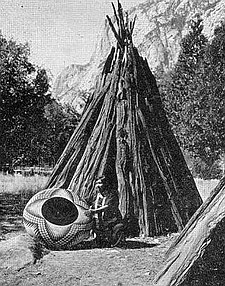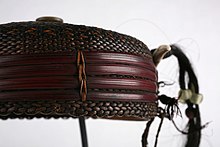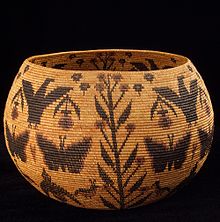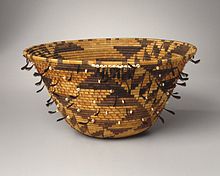
The Pomo are a Native American people of California. Historical Pomo territory in Northern California was large, bordered by the Pacific Coast to the west, extending inland to Clear Lake, mainly between Cleone and Duncans Point. One small group, the Tceefoka, lived in the vicinity of present-day Stonyford, Colusa County, were they were separated from the majority of Pomo lands by Yuki and Wintuan speakers.

A basket is a container that is traditionally constructed from stiff fibers, and can be made from a range of materials, including wood splints, runners, and cane. While most baskets are made from plant materials, other materials such as horsehair, baleen, or metal wire can be used. Baskets are generally woven by hand. Some baskets are fitted with a lid, while others are left open on top.

Esparto, halfah grass, or esparto grass is a fiber produced from two species of perennial grasses of north Africa, Spain and Portugal. It is used for crafts, such as cords, basketry, and espadrilles. Stipa tenacissima and Lygeum spartum are the species used to produce esparto.

Arundinaria is a genus of bamboo in the grass family the members of which are referred to generally as cane. Arundinaria is the only bamboo native to North America, with a native range from Maryland south to Florida and west to the southern Ohio Valley and Texas. Within this region Arundinaria canes are found from the Coastal Plain to medium elevations in the Appalachian Mountains.

Wicker is a method of weaving used to make products such as furniture and baskets, as well as a descriptor to classify such products. It is the oldest furniture making method known to history, dating as far back as 5,000 years ago. Wicker was first documented in ancient Egypt, then having been made from pliable plant material, but in modern times it is made from any pliable, easily woven material. The word wicker or "wisker" is believed to be of Scandinavian origin: vika, which means "to fold" in Swedish. Wicker is traditionally made of material of plant origin, such as willow, rattan, reed, and bamboo, though the term also applies to products woven from synthetic fibers. Wicker is light yet sturdy, making it suitable for items that will be moved often like porch and patio furniture. Rushwork and wickerwork are terms used in England. A typical braiding pattern is called Wiener Geflecht, Viennese Braiding, as it was invented in 18th century Vienna and later most prominently used with the Thonet coffeehouse chair.

Louisa Keyser, or Dat So La Lee was a celebrated Native American basket weaver. A member of the Washoe people in northwestern Nevada, her basketry came to national prominence during the Arts and Crafts movement and the "basket craze" of the early 20th century. Many museums of art and anthropology preserve and display her baskets, such as the Penn Museum in Philadelphia, the Smithsonian National Museum of the American Indian in Washington, D.C., the Nevada State Museum in Carson City, and the Metropolitan Museum of Art in New York.

Mike Dart is a Native American basket weaver and citizen of the Cherokee Nation, who lives in Oklahoma.
The Basketry Museum of the Roma, is a folk museum in the Thrylorio/Trala/Tralangere Village of the municipality of Komotini of the Rhodope regional unit, in Western Thrace Greece. The museum collection represents examples from Greece, Bulgaria and Turkey.

The visual arts of the Indigenous peoples of the Americas encompasses the visual artistic practices of the Indigenous peoples of the Americas from ancient times to the present. These include works from South America and North America, which includes Central America and Greenland. The Siberian Yupiit, who have great cultural overlap with Native Alaskan Yupiit, are also included.
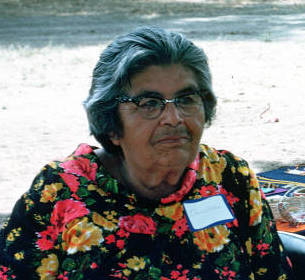
Elsie Comanche Allen was a Native American Pomo basket weaver from the Cloverdale Rancheria of Pomo Indians of California in Northern California, significant as for historically categorizing and teaching Californian Indian basket patterns and techniques and sustaining traditional Pomo basketry as an art form.

The pasiking is the indigenous basket-backpack found among the various ethno-linguistic groups of Northern Luzon in the Philippines. Pasiking designs have sacred allusions, although most are purely aesthetic. These artifacts, whether handwoven traditionally or with contemporary variations, are considered exemplars of functional basketry in the Philippines and among Filipinos.
Bamboo weaving is a form of bambooworking and a traditional craft of Taiwan.
Ruth Castle is a New Zealand weaver. Her work has been exhibited widely and is held in a range of public New Zealand institutions.

Basketry of Mexico has its origins far into the pre Hispanic period, pre-dating ceramics and the domestication of crops. By the time the Spanish arrived, there were a number of indigenous forms, a number of which are still made today. These and products that the Spanish introduced form the combined tradition that remains today. Like other Mexican handcrafts, sales to tourists and collectors is important, but basketry is not as popular as other handcrafts. Basketry techniques and materials vary from region to region depending on the vegetation available, with important traditions in Sonora, State of Mexico, Michoacán, Veracruz, Oaxaca and the Yucatán Peninsula.
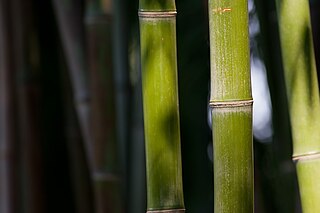
Bambooworking is the activity or skill of making items from bamboo, and includes architecture, carpentry, furniture and cabinetry, carving, joinery, and weaving. Its historical roots in Asia span cultures, civilizations, and millennia, and is found across East, South, and Southeast Asia.
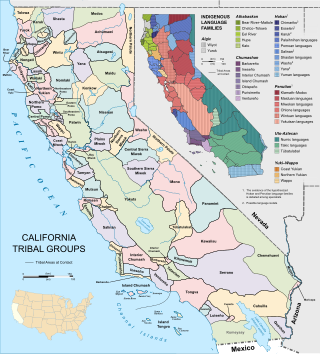
A fully feathered basket is a type of basket crafted by a select group of Indigenous people of California who have traditionally resided in the coastal region of Northern California above San Francisco. The baskets are distinguished by the matted layer of feathers, which completely cover the exterior of the basket. They are highly collectible and renowned for their fine craftsmanship.
William Ralganal Benson (1862-1937) was an Eastern Pomo basket maker from California. He and his wife Mary Knight Benson (Pomo) excelled in traditional basket making. Their work can be found in the collections of major museums.
Mary Knight Benson (1877–1930) was a Pomo woman from California who excelled in basket making. Her work is highly collectible and renowned for fine craftsmanship. She and her husband, William Ralganal Benson, partnered in basket weaving, and their work is in public museum collections.
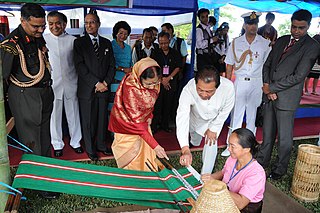
Mizo craft refers to as Mizoram handicrafts, is a traditional art and techniques of the inhabitants of Mizoram state, prominently known as the "Songbird of the North east". Its people are collectively known as Mizo. Mizo craftsmanship exists since ancient period. Its artisans use simple tools designed to produce traditional products. Handloom, cane and bamboo weaving are the core elements of its handicraft identity.

Lena Frank Dick was a Washoe basket maker best known for her tight weaves and figurative designs. Her baskets were primarily aesthetic as opposed to utilitarian.
